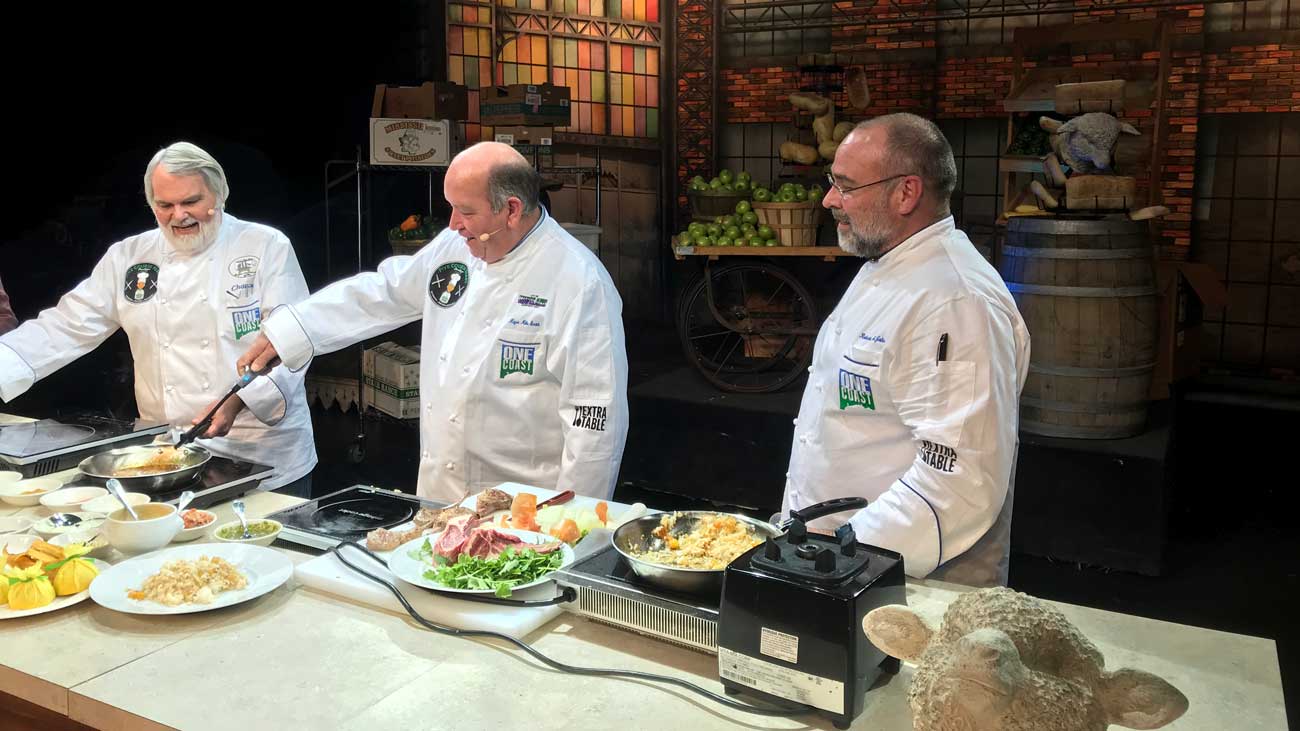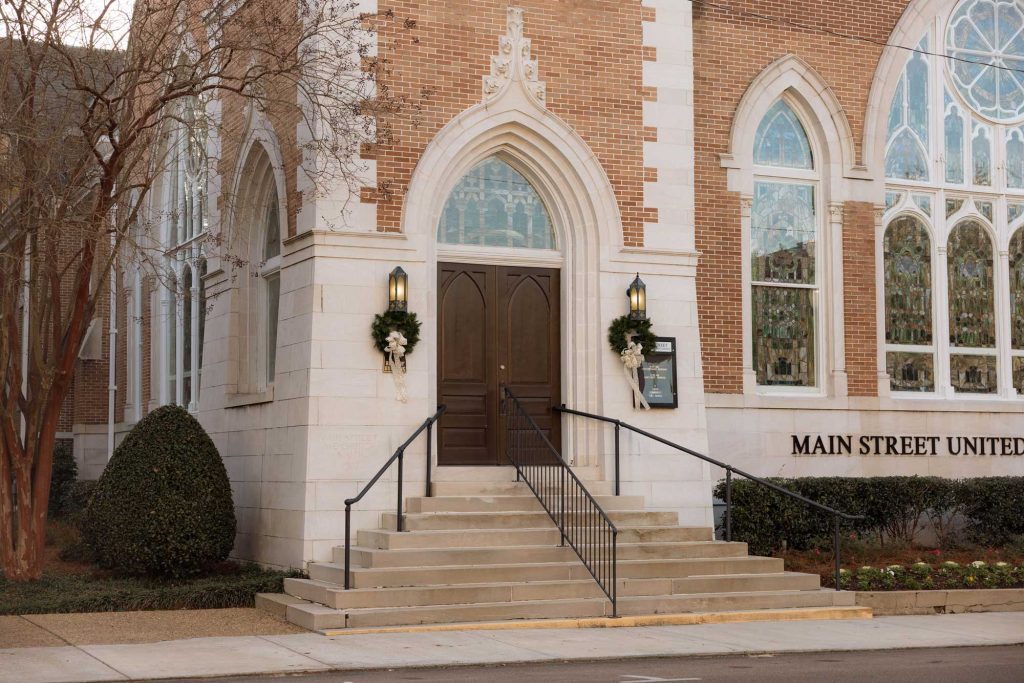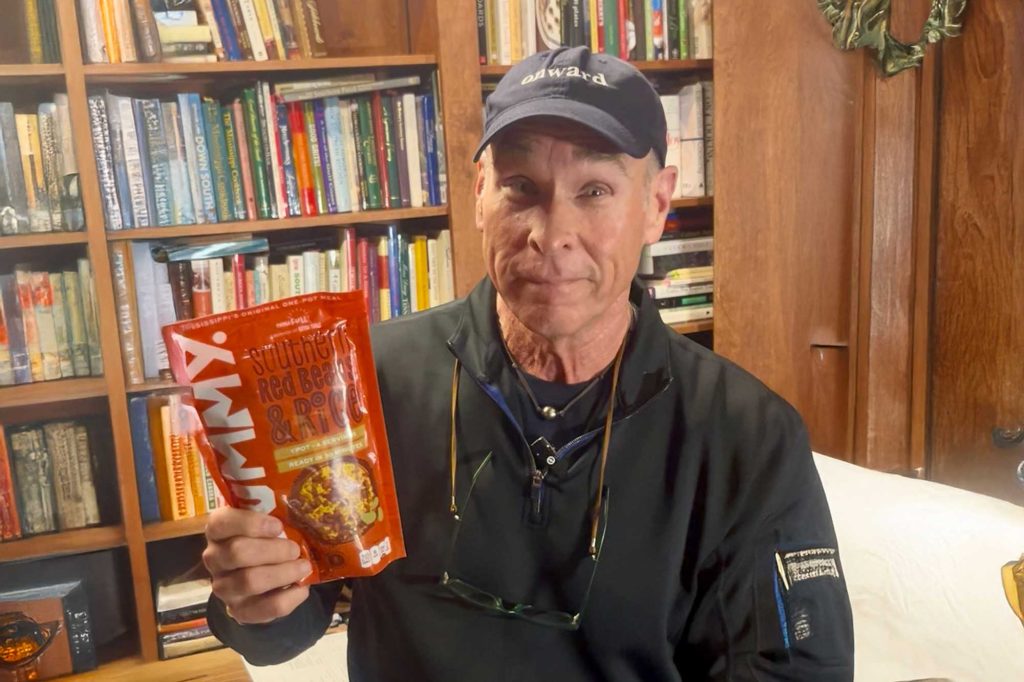There are many components that contribute to making Mississippi a great place to live. We have clean air, clean water, a right-to-work policy, a relatively low cost of living, and several effective and efficient transportation corridors. In many ways, Mississippi is an economic development director’s dream pitch. Though what an economic developer might not be able to sell to an outside client looking to move his business and/or family to this state is the wonderfulness of the people.
It’s the people that complete the equation, dot the “I,” and put an exclamation point on the entire state. Unfortunately, yesterday, we lost one of the most creative, dedicated, interesting, and wonderful Mississippians who ever lived. Artist, sculptor, raconteur, businessman, bon vivant, Lee McCarty died in his sleep last night in the apartment above his beloved pottery studio in Merigold, Miss. He was 92.
McCarty was a young, 92, too. The last time I saw him— two years ago— he drove to Cleveland to attend a book signing for my next to last book. He arrived before the signing began (he was waiting on me), pulled up a chair next to me, and stayed by my side until the last customer had purchased a book. He held court, and no one could hold court like Lee McCarty. He knew everyone who walked in, and in fine Delta fashion, he knew their parents and where they were “from.” He even told some people a few things about their relatives they had never heard before.
It was the best two hours of that book tour. I signed books, Lee “dug up kin.” He was always interested in people. Family mattered to McCarty. His beloved wife Pup, and the original potter of the two, passed away six years ago. I always believed that the McCartys were one those unique couples who were so close, in love, and dedicated to each other that they almost become the same person within their marriage. When Pup passed away, a large part of Lee was gone, too. But he pressed on and held court at the pottery studio greeting guests and making friends.
I first met Lee McCarty 15 years ago. I had written a column in this newspaper about a man in my community who was helping the less fortunate. He sent a $100 bill and a barely legible note thanking me for bringing attention to the cause, but also wanted to talk about my grandmother (a frequent subject of this column of which I learned that he was a avid fan and weekly reader) and her “people.” Several months and several letters later he invited my wife and me up to spend the weekend with them in Merigold.
The first weekend we stayed with Lee and Pup was a memorable one. We were housed in a guesthouse adjacent to the studio grounds and garden. The family was sequestered above the studio in an apartment that I never saw in all of the years I visited. While my wife and I were getting ready for dinner in the guesthouse, piano music began to ring throughout the home. I was worried that I might have tripped a switch and turned on a stereo system. I walked into the living room, and there, sitting behind a baby grand piano, was McCarty. I don’t remember the piece, but I remember he played it well. My wife and I sat and visited for hours. McCarty had a cocktail with a bay leaf from the grounds floating in it, and a story about every work of art in the guesthouse. He played the piano and talked. We listened.
The McCartys were first and foremost artists and their works sit in the Smithsonian Institute and in museums and private collections all over the world. McCarty was also a restaurateur. He opened the Gallery Restaurant in Merigold a few blocks from the studio to give customers who had travelled hundreds of miles a place to eat lunch. The Gallery was a tearoom that reflected the style, design, and taste of its owners.
Years ago, after eating lunch in the restaurant I asked for the recipe for a tomato side dish they were serving. Everyone was tight-lipped, and no one would give a clue as to the ingredients. McCarty changed the subject every time I brought up the dish. I was a fan and wanted to include it in my second cookbook. After several attempts at replicating the dish, I ended up with three versions— the last of which was close to the dish I remember, but all three were good, so I put all of them in the book.
McCarty was a friend and a great supporter of this column and my book career. He made me a better writer because I knew he was reading. He is already missed.
Lee McCarty was the last of the true Renaissance men— an artist, chemist, physicist, botanist, musician, storyteller, and restaurateur. He had an infectious energy, a magnetic personality, and could hold court in any room he entered. He was a walking, talking history (and historian) of the Delta and Mississippi is a lesser place without him.
McCarty once said, “Whether you live in a barn…. It’s the way you live that matters.” McCarty lived. Oh did he live.
Delta Tomatoes
2 tablespoons butter
1 tablespoons olive oil
1/2 cup onion, medium dice
1/2 cup celery, medium dice
1/2 cup bell pepper, medium dice
1 28-ounce can tomatoes, lightly drained, diced
1/4 cup sugar
1/4 cup brown sugar
2 tablespoons fresh basil, chopped
2 teaspoon dried basil
2 tablespoons cornstarch
2 tablespoons balsamic vinegar
2 teaspoons Lawry’s Seasoned Salt
1/2 teaspoon black pepper
11/4 cup seasoned bread crumbs
1/4 cup melted butter
Sautee onion, celery and bell pepper in butter and olive oil. Cook until onions are soft and translucent. Add tomatoes, both sugars and both basils. Mix cornstarch in vinegar and add to tomato mixture. Bring to a boil. Add salt and pepper and pour into a greased casserole. Mix together breadcrumbs and butter. Top tomatoes with breadcrumbs and bake at 350-degrees for 30-45 minutes or until filling is bubbly and breadcrumbs are lightly browned.



